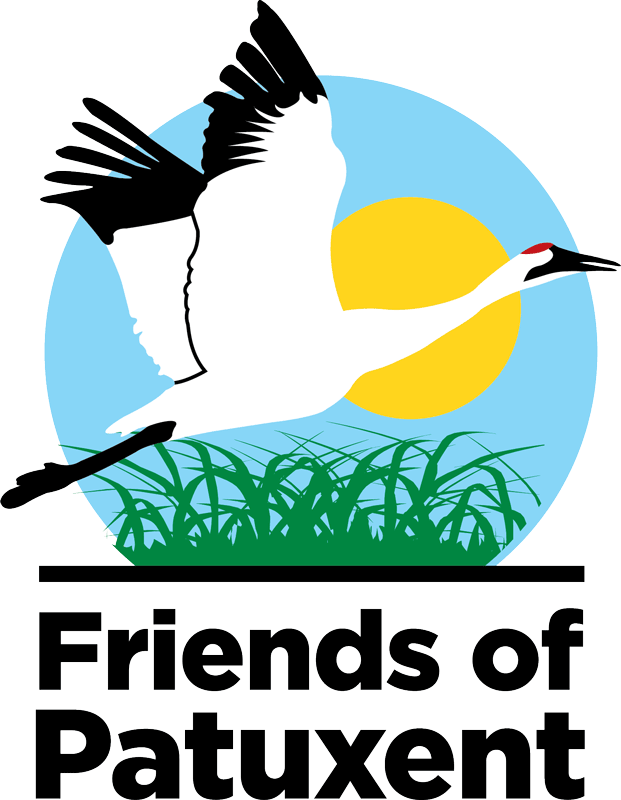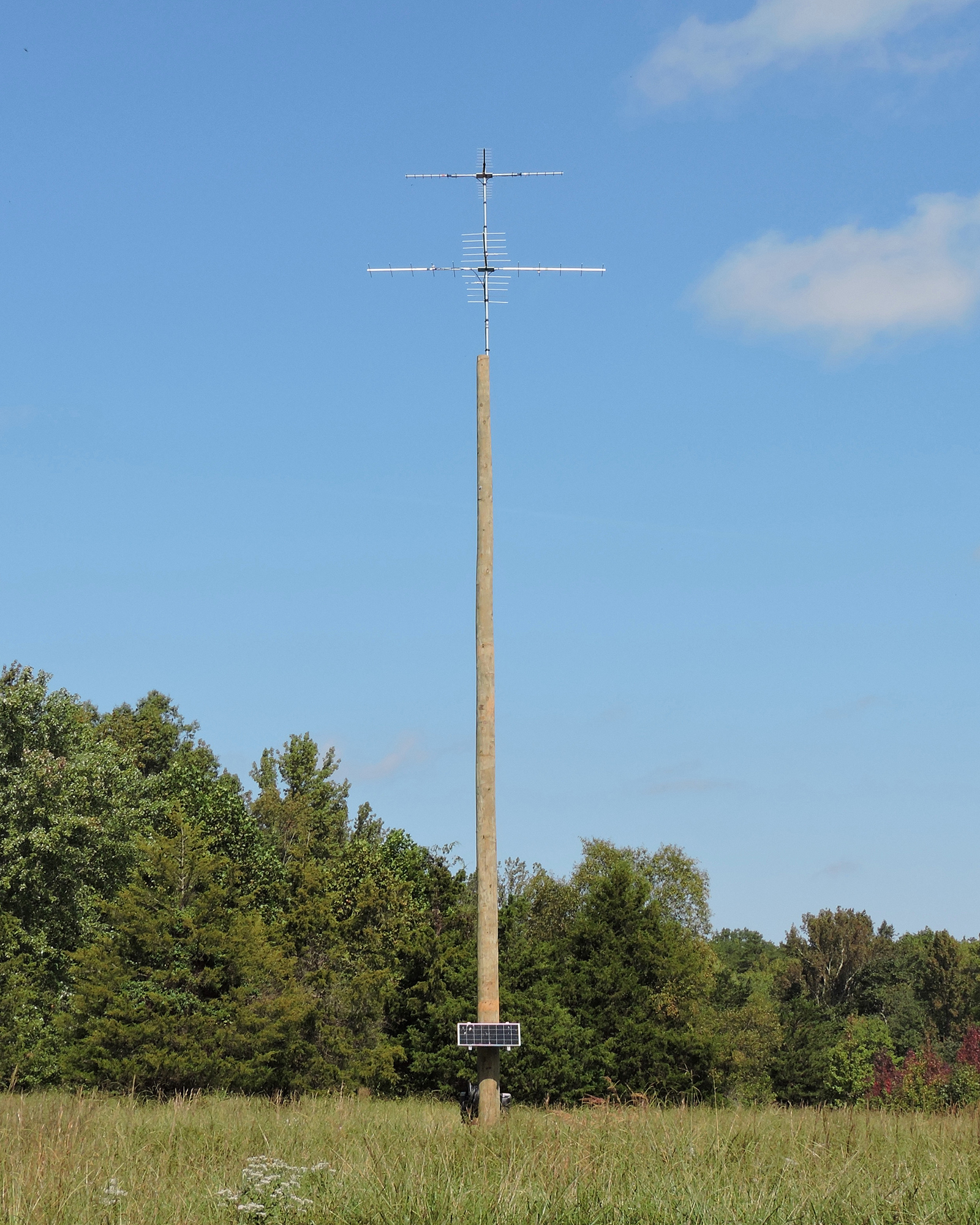Friends of PatuxentSupporting Research, Wildlife Conservation, and Education at the Patuxent Research Refuge |
Motus Wildlife Tracking System Tower at Patuxent Research RefugeThe Friends of Patuxent acquired funding from the Maryland Ornithological Society to support the installation of a receiving tower for the Motus Wildlife Tracking System at Patuxent Research Refuge near the National Wildlife Visitor Center. The Motus network (www.motus.org) tracks migrating wildlife, particularly birds but also bats, butterflies, dragonflies, and other wildlife, using small lightweight transmitters whose signal is detected by receivers located internationally. The receivers record the presence of the animals with precise temporal accuracy.
There are other interesting hits from 2021, including three separate Swainson’s Thrushes that left New Brunswick in Canada, traveling south to pass the Refuge on successive nights of October 9, 10, and 11, 2021, on their way to South Carolina; multiple hits from Purple Martins at the Refuge, some sighted hanging around the Motus tower itself; and Red Bats that traveled from northern Pennsylvania to Patuxent Research Refuge. |
Motus Stations Worldwide |


